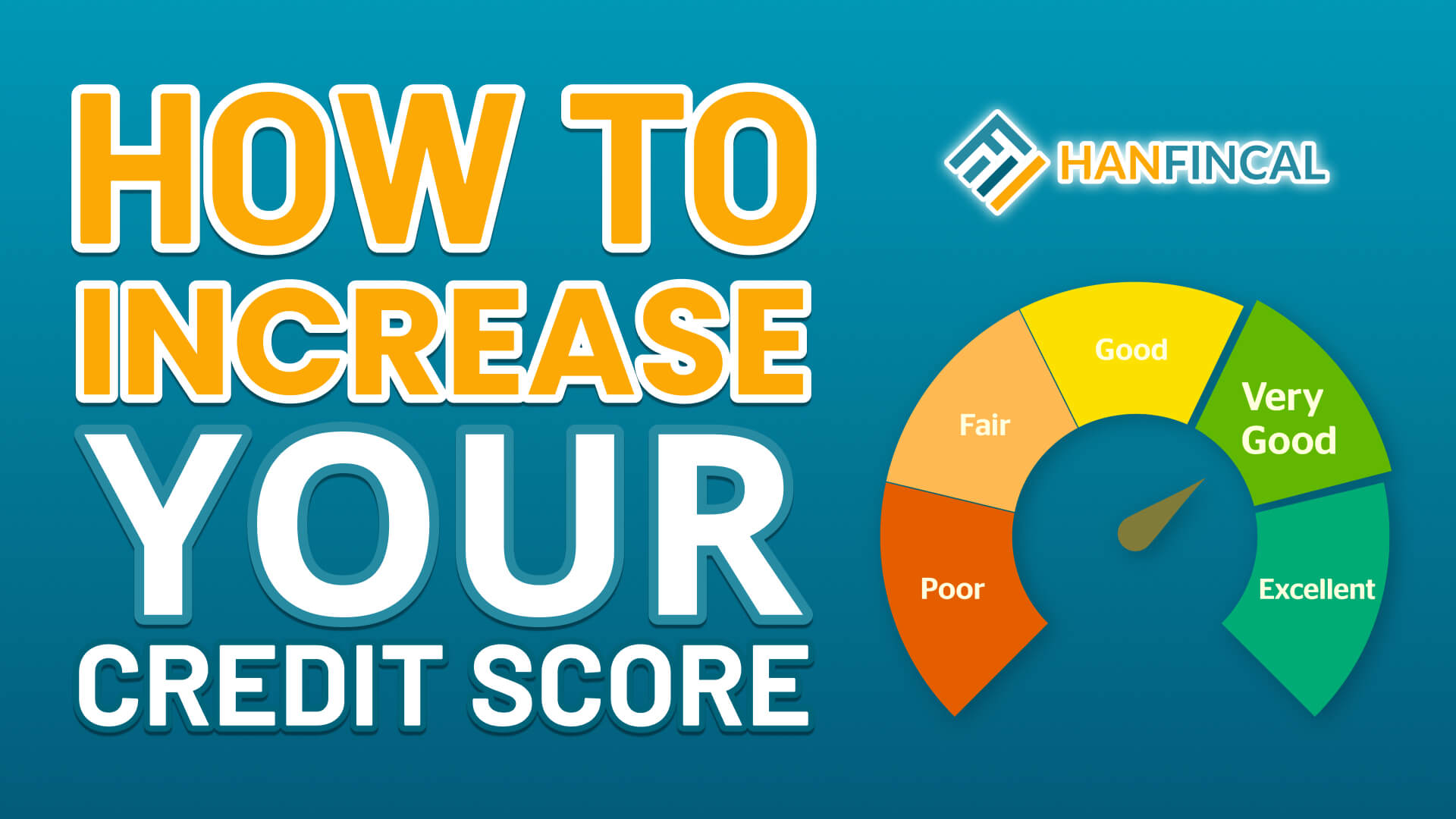How to hide credit card utilization? What is the point of doing that? Lowering your credit card utilization is the most effective way to boost your credit score. This indicates that you have control over your debt and can pay it off. Hanfincal will show you helpful tricks to reduce your credit card usage in this article. Follow us as we explore.
1. Understanding credit utilization
Credit utilization, also called amounts owed, is the percentage of your total credit that you are using. Credit utilization is the second crucial factor in determining your credit score (behind payment history). The less credit you use, the more appealing you are to lenders. Low credit utilization rates show lenders that you manage your credit responsibly. By contrast, high credit utilization rates can hurt your credit score. The general rule is to use no more than 30% of your credit limit at any given time, though some financial experts recommend no more than 10%. To avoid harming your credit score, you should aim to keep your credit utilization rate as low as possible, but not necessarily as low as 0%.
2. Why should I pay twice a month?

Why should I pay twice a month?
2.1. Increase your credit limit
Increasing your credit limit will take a chance to reduce your credit utilization. Low balances and high credit limits cause low utilization. If you realize you always spend more than 30% of your total credit limits, contact your card company to request a credit limit increase.
Increasing the total amount of available credit makes it easier to stay below the 30% threshold, giving you more leeway in making monthly payments. However, it is critical to remember that if you change your spending habits after receiving a credit card limit increase, you will not reap the benefits of the rise. Therefore, everything you should do is keep your spending habits and the amount you spend each month even after asking for an increased credit limit.
2.2. Understanding your score
Credit score factors are the elements of your credit report that influence your credit scores. Some of the factors that may have an impact on credit scores are as follows:
- Account classifications,
- Your total amount owed,
- Accountancy history,
- The total number of late payments.
Furthermore, your credit score is calculated based on the contributions of the following components:
- 10% = credit mix,
- 10% = new credit,
- 15% = credit history length,
- 305 = amount owed,
- 35% = payment history.
Factors indicate which aspects of your credit history had the greatest impact on your credit score when it was calculated. They will also tell you what element you need to address in your credit history to become more creditworthy over time. The lower your credit score, the less likely it is that you will be approved for credit by lenders. The best FICO score is 800+, and the lowest score is 580 or less. If your current credit score is 580 or less, this chance is for you to raise your score immediately. There are many scores here, and they are waiting for you to come and get them. Do not pass up this incredible opportunity.
3. How to hide credit card utilization?

How to hide credit card utilization?
3.1. Pay down your credit card balances frequently – the most important thing on how to hide your credit utilization
An easy way to hide credit utilization is paying down your credit frequently. Think about making periodic bill payments throughout your billing cycle instead of waiting until the closing date to pay off all your credit card balances. Typically, your credit card companies will report your balances at the end of your billing cycles or statement balances, but this is not always the case. Issuers may send information to credit bureaus for all cardholders simultaneously, regardless of when their billing cycles end. That means your issuers may report your balances before you’ve paid them off, which will be the amounts used to calculate your utilization rate on your credit report. You should also contact your card issuer to find out when they report to the credit bureaus, especially if you have multiple credit cards. Not all card issuers adhere to the same reporting schedule.
3.2. Clear your debts strategically
Everything will be easier and more convenient if you know how to create and stick to an intelligent strategy. Debt forgiveness is also a task requiring a well-thought-out plan because otherwise, you will be trapped in a debt cycle with endless payments, interest, and fees. You should keep your utilization for individual cards and your overall credit limit as low as possible. Pay off specific cards that have much higher utilization rates than others first. Before your data is reported to the bureaus, the key is to pay off the cards’ balances with the highest utilization first. You can increase your utilization to 30% or less by lowering the second balance.
3.3. Decrease your spending
If you cut your expenses from the previous month, you will have a small amount left to put into your loan repayment savings to lower your credit card utilization rate. Avoid using credit cards to make unnecessary purchases; instead, use cash as much as possible. No more credit card swipes, and no more increasing your credit utilization rate. In other words, when you reduce your spending, your credit utilization should improve because you use less of your available credit.
There are several approaches you can take:
- Your savings and investments can be automated. For example, you set an automatic contribution of about 10% for your 401(k) and deposit money into your savings and investments. This makes you pay yourself first and thereby not overspending as well.
- You can make a budget and identify your wants and needs. You’re currently using a zero-based and value proposition budgeting hybrid to spend more cautiously and only buy what you need.
- For purchases, you can use a regular debit card or cash. You can only spend the money you have in your accounts or on hand.
3.4. Increase your credit limit
As previously stated, increasing your credit limit is a smart way to increase your credit card utilization. This means you’re spending less than you can afford to pay off your debts. Many lenders will favor you if you have low credit card utilization, leading your credit score to improve.
If you keep your spending habits, it makes sense to increase your limit. However, increasing your credit limit may not be the best idea if you have poor credit management or a tendency to overspend.
Two ways can help you:
- Request an increase in credit limit: Contact a credit card company with which you already have an account and request an increase in your credit limit. If you have consistently paid your bills on time or your income has increased since you received the card, your card issuer may be willing to increase your credit limit.
- Apply for a new credit card: Opening a new credit card account increases your total available credit, increasing your credit limit.
3.5. Keep your accounts open
The last hack to hide credit card utilization we bring to you is keeping your accounts open. If you frequently remove your credit limit from the total available credit when you cancel your credit card, your utilization percentage will increase and has a negative impact on your credit score. So, if you’re having trouble balancing multiple credit cards, try using some of your less active cards for small purchases. The only exceptions to closing your credit card accounts are paying an annual fee on a credit card that is no longer useful or if your credit card has a high-interest rate.
The first option for reducing credit card usage is to increase credit card limits. While it’s not an exact science, spending more than 10% to 30% of your credit limit indicates to lenders that you’re at risk of exceeding your credit limit and may be unable to repay the balance. If your ratio is greater than 30%, it’s time to look into how to hide credit card utilization. Hanfincal hopes all information above can help you.
==> Read More:




